Maharashtra’s Mango Map: The Untold Story of Mangoes Beyond Alphonso
Maharashtra, the land of sun-kissed beaches and farmlands, is also home to some of India’s most cherished mango varieties. From the coastal Konkan belt to the arid plains of Marathwada, the state’s diverse climates nurture a rich tapestry of mangoes, each with its unique flavour, texture, and story.
Let’s embark on a journey through Maharashtra’s mango orchards to discover these delectable treasures.
1. Alphonso (Hapus)
Region: Konkan (Ratnagiri, Sindhudurg, Devgad)
Growing conditions: Alphonso mangoes thrive in the coastal regions of Maharashtra, where the combination of tropical climate, lateritic soil, and proximity to the Arabian Sea creates an ideal environment.
Why it is famous: Popular for its rich, creamy texture and non-fibrous pulp, the Alphonso mango boasts a unique saffron-like hue and a delicate and sweet aroma. Its distinct taste has earned it the title of the “king of mangoes.” The variety has also received a Geographical Indication (GI) tag, further cementing its status.
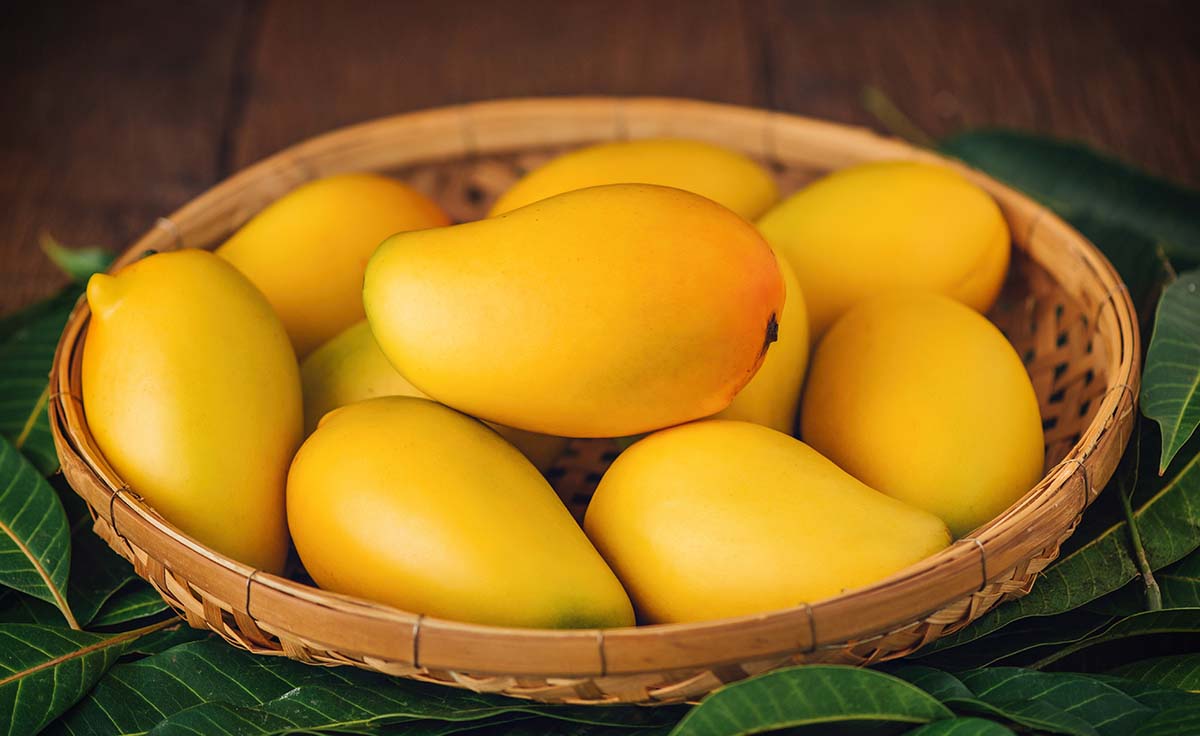 The Alphonso mango boasts a unique saffron-like hue and a delicate aroma
The Alphonso mango boasts a unique saffron-like hue and a delicate aroma
2. Marathwada Kesar
Region: Marathwada (Chhatrapati Sambhaji Nagar, Jalna, Beed, Latur)
Growing conditions: This variety flourishes in the semi-arid regions of Marathwada, benefiting from the region’s unique soil and climatic conditions.
Why it is famous: The Marathwada Kesar mango is celebrated for its vibrant saffron-like colour and sweet and tangy flavour. While it shares some similarities with the famous Gir Kesar of Gujarat, the Marathwada variant has its own terroir-influenced taste, shaped by the region’s specific soil and weather conditions.
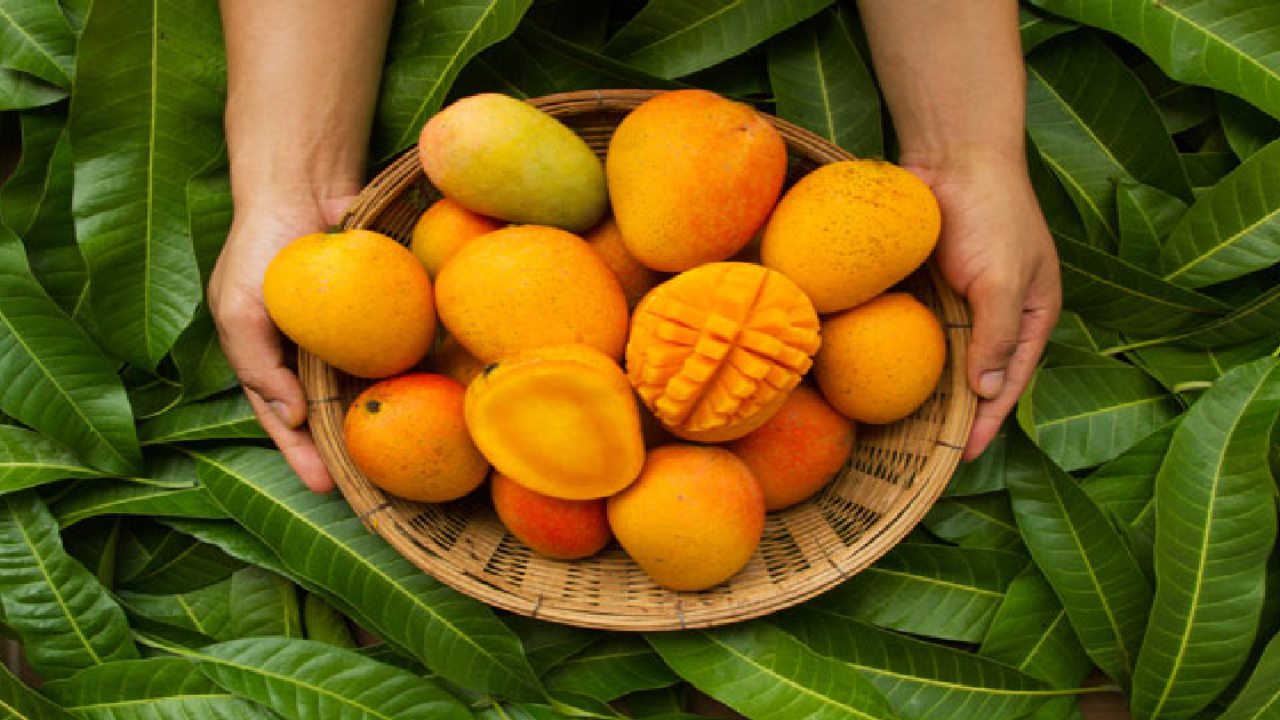 The Marathwada Kesar mango is shaped by the region’s specific soil and weather conditions
The Marathwada Kesar mango is shaped by the region’s specific soil and weather conditions
3. Pairi
Region: Konkan (Ratnagiri and Devgad)
Growing conditions: This variety grows in warm, coastal climates with lateritic soils, and often ripens earlier than other varieties.
Why it is famous: Pairi mangoes are famous for their intense aroma, sweet-tangy flavour, and slightly fibrous texture. They are among the first to arrive in the summer season, making them a popular pick for early aamras lovers.
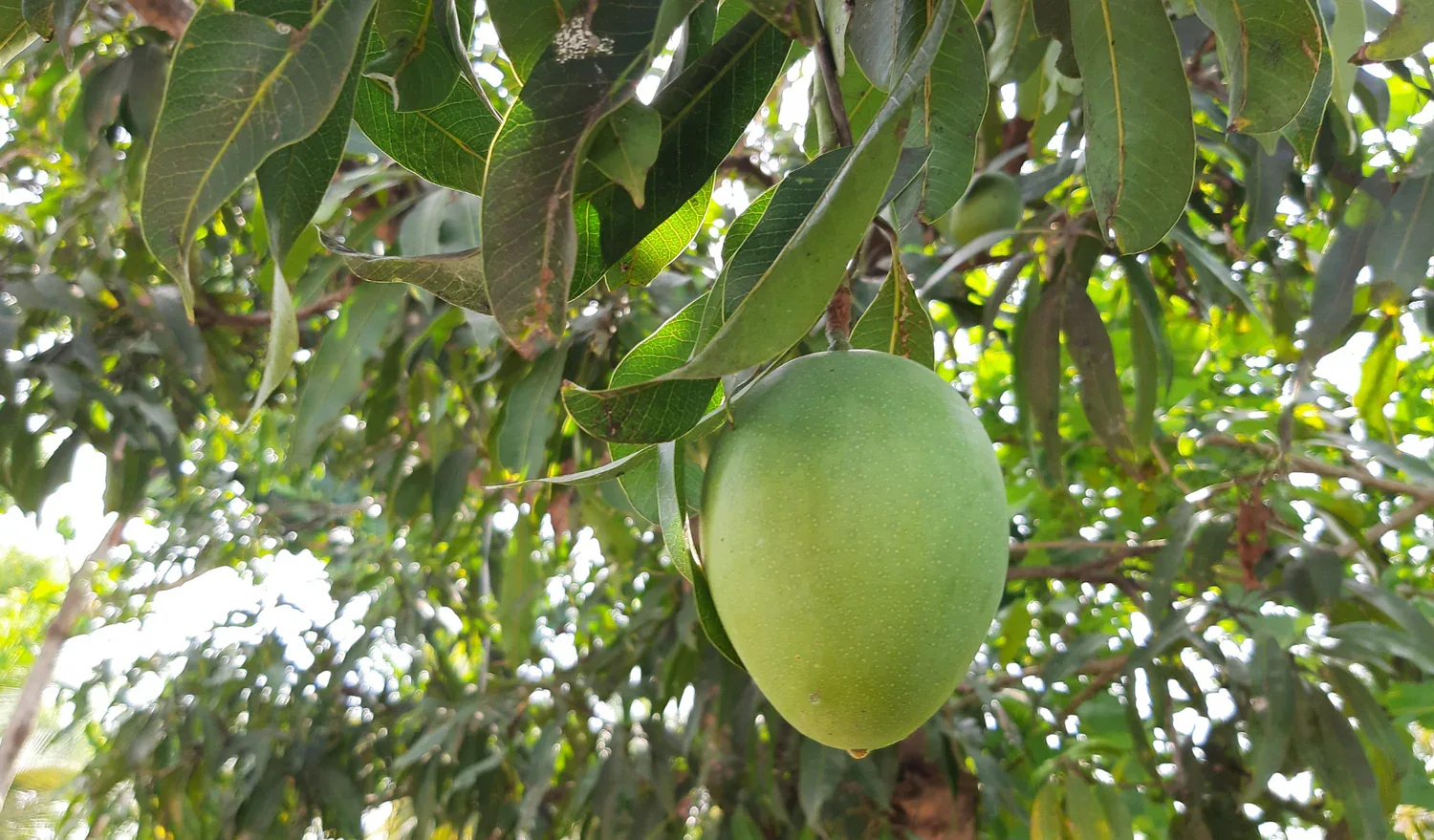 Pairi mangoes are famous for their intense aroma and slightly fibrous texture
Pairi mangoes are famous for their intense aroma and slightly fibrous texture
4. Rajapuri
Region: Aurangabad district
Growing conditions: This variety of mangoes prefers well-drained and fertile soils in inland areas with moderate rainfall.
Why it is famous: Rajapuri mangoes are huge, have a mild, pleasant flavour, and have thick skin, making them ideal for pickling. They are also used in mango pulp production due to their good yield and size. The flesh of this mango is rich, juicy, and fibreless, offering a sweet-tasting experience. Its mild, non-acidic sweetness makes it a favourite for eating fresh, making juices, or using in desserts like aamras.
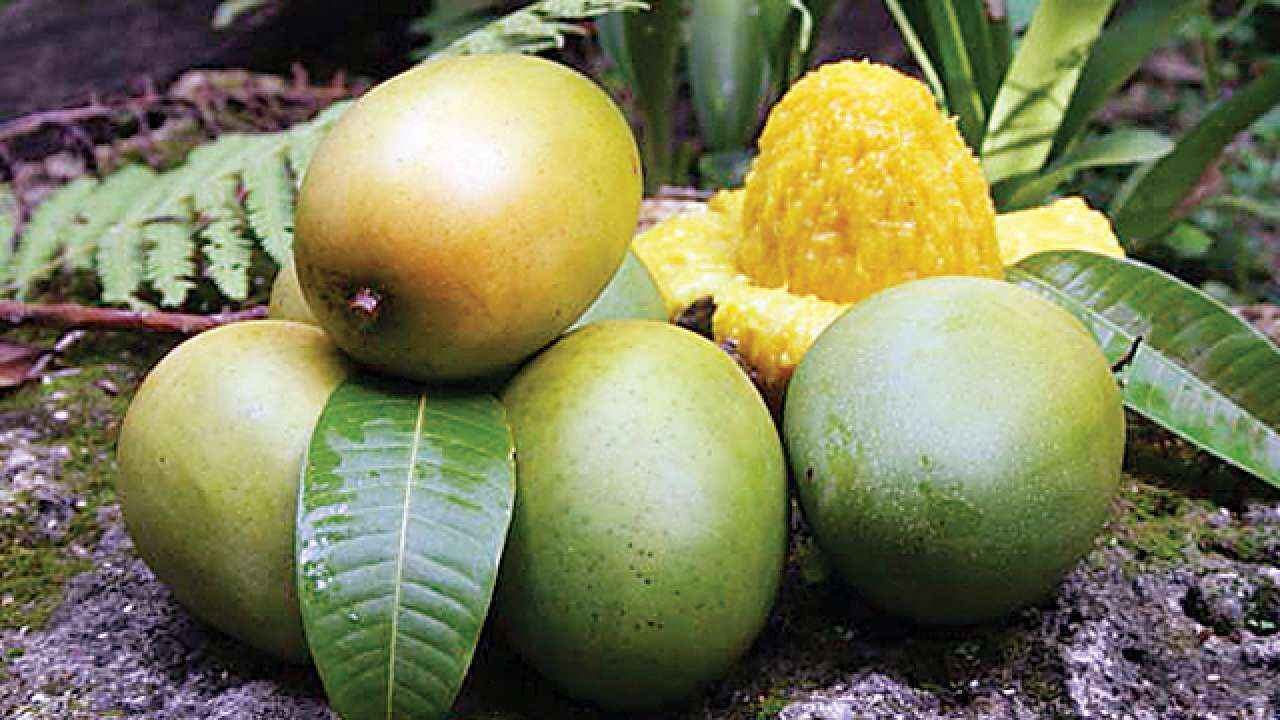 Rajapuri mangoes are ideal for making juices and aamras
Rajapuri mangoes are ideal for making juices and aamras
5. Langda (Langra)
Region: Northern Maharashtra (Nandurbar, parts of Jalgaon)
Growing conditions: Langda mangoes flourish in dry to semi-arid regions with well-drained alluvial soils and require moderate irrigation.
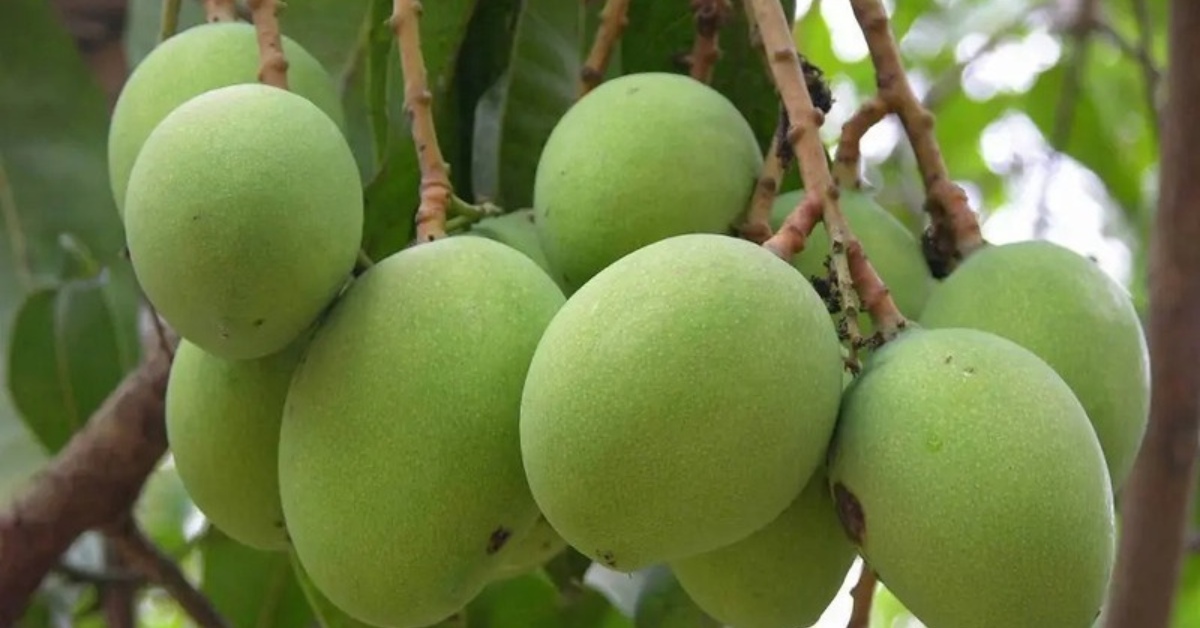 Langda mangoes have a green skin even when ripe and offers a sweet and tangy flavour
Langda mangoes have a green skin even when ripe and offers a sweet and tangy flavour
Why it is famous: Known for its distinctively green skin even when ripe, Langda offers a sweet, slightly tangy flavour and smooth, fibreless pulp. Originally popular in Uttar Pradesh, this variety has found a strong foothold in Maharashtra’s northern districts, where it is prized for its juicy flesh and rich aroma.
Edited by Khushi Arora
News